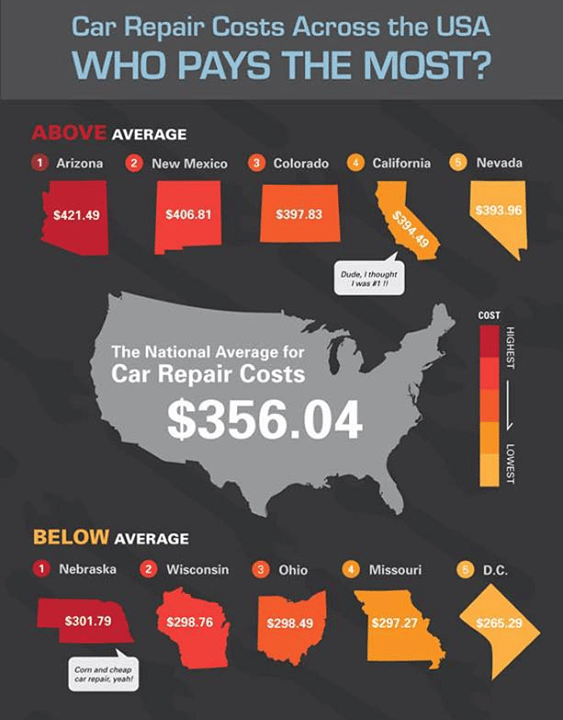Understanding The Meaning Behind Your Vehicle'S Warning Lights: A Comprehensive Look
Understanding The Meaning Behind Your Vehicle'S Warning Lights: A Comprehensive Look
Blog Article
Developed By-Boye Torres
When you're behind the wheel, those radiant warning lights on your dashboard can be a bit bewildering. Do you recognize what they're attempting to tell you regarding your vehicle's health? Understanding the significance of these lights is crucial for your security and the longevity of your car. So, the next time one of those lights pops up, wouldn't you want to analyze its message properly and take the necessary steps to address it?
Common Warning Lighting and Interpretations
Identify usual caution lights in your car and recognize their meanings to make certain secure driving.
One of the most regular caution lights consist of the check engine light, which signals problems with the engine or discharges system. If this light begins, it's essential to have your lorry examined immediately.
The oil stress cautioning light shows low oil pressure, requiring immediate focus to avoid engine damage.
A blinking battery light could suggest a defective charging system, possibly leaving you stranded otherwise addressed.
The tire stress monitoring system (TPMS) light alerts you to low tire pressure, impacting automobile security and fuel performance. Disregarding Discover More Here could cause harmful driving problems.
The abdominal light indicates a problem with the anti-lock braking system, endangering your ability to stop rapidly in emergency situations.
Lastly, the coolant temperature level warning light warns of engine overheating, which can lead to serious damages if not settled promptly.
Understanding these typical warning lights will certainly help you resolve problems without delay and preserve risk-free driving problems.
Relevance of Prompt Focus
Understanding the typical warning lights in your car is only the primary step; the significance of promptly attending to these cautions can't be emphasized enough to ensure your safety on the road.
When a caution light brightens on your dashboard, it's your automobile's means of interacting a possible issue that requires focus. Disregarding these warnings can bring about a lot more severe troubles later on, endangering your security and possibly costing you much more out of commission.
Trigger attention to warning lights can protect against breakdowns and crashes. For example, a flashing check engine light can show a misfire that, if left ignored, could create damages to the catalytic converter. Addressing this quickly can save you from a costly repair service.
Likewise, a brake system alerting light may signal reduced brake fluid or worn brake pads, important elements for your safety and security when driving.
DIY Troubleshooting Tips
If you see a caution light on your dashboard, there are a few DIY repairing suggestions you can attempt before seeking expert assistance.
https://ecu-remapping-near-me95062.dsiblogger.com/64117046/specialist-dialogue-crucial-auto-detailing-methods-from-an-industry-specialist is to consult your vehicle's handbook to recognize what the certain caution light shows. Sometimes the issue can be as straightforward as a loose gas cap causing the check engine light. Tightening up the gas cap might settle the trouble.
One more usual problem is a reduced battery, which can trigger numerous alerting lights. Checking the battery connections for deterioration and ensuring they're secure could deal with the trouble.
If a warning light continues, you can attempt resetting it by separating the cars and truck's battery for a couple of minutes and afterwards reconnecting it. In addition, examining your car's liquid levels, such as oil, coolant, and brake fluid, can assist repair cautioning lights associated with these systems.
Verdict
To conclude, comprehending your auto's caution lights is essential for maintaining your lorry running smoothly and safely. By quickly resolving these alerts and understanding what they imply, you can avoid costly fixings and possible break downs.
Keep in mind to consult your vehicle's handbook for particular information on each warning light and take action appropriately to make sure a hassle-free driving experience.
Stay notified, remain risk-free on the road!
